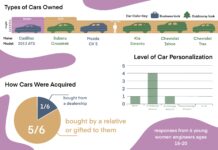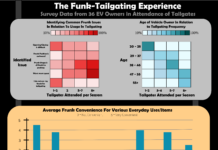Click here to view my survey. I used ChatGPT to condense my methodology:
I reached out to 53 fourth-year design students from industrial design, interior design, and visual communications, using a roster obtained from each major to ensure comprehensive sampling. I individually emailed each student with a link to my survey and outlined the research’s purpose. By the end of the recording week, I had collected 23 responses, representing a 43% response rate.
This survey specifically focused on how design students perceive and utilize subscriptions, addressing a disconnect between consumer and business needs that designers must navigate. Respondents were asked to consider subscription strategies from both consumer and designer perspectives, allowing for reflection on potential biases and gathering diverse insights on a shared problem.
Surveying fourth-year students is important because they are on the cusp of entering the design industry, providing insights that are both current and relevant to the evolving landscape of subscription services. Their unique position allows them to critically evaluate subscription models, balancing their academic experiences with emerging professional expectations.
For analysis and visualization, I compared participants’ responses across different questions and majors, layering statistics to gain deeper insights. Notably, 0% of respondents used dedicated apps to manage their subscriptions. On average, participants utilized four subscriptions across ten categories, suggesting that more than 60% of subscription types were not used daily. This discrepancy raises questions about the necessity of certain subscriptions. Additionally, cable subscriptions appeared to be declining in favor of streaming services, emphasizing shifting consumer preferences.
When assessing what makes a subscription a need versus a want, respondents prioritized professional necessity over social connection, entertainment, and health. Insights on Netflix’s password-sharing policy revealed contrasting views: while those who used more subscriptions generally disliked the policy as consumers, they recognized its business value from a designer’s perspective.
Regarding customer loyalty, responses varied by major. Industrial design students showed a range of opinions, while interior design students mostly rated their loyalty in the middle. Five out of nine visual communications majors indicated a sense of loyalty but also felt obligated due to ongoing commitments. Overall, respondents expressed that loyalty stemmed more from being locked into subscriptions than from perceived customer value.
This methodology allowed me to capture a nuanced understanding of design students’ subscription experiences, contributing valuable insights to the broader conversation on consumer behavior in subscription models (OpenAI, 2024).
References
OpenAI. (2024). ChatGPT (Sept 2024 version) [Large language model]. https://chat.openai.com/chat




